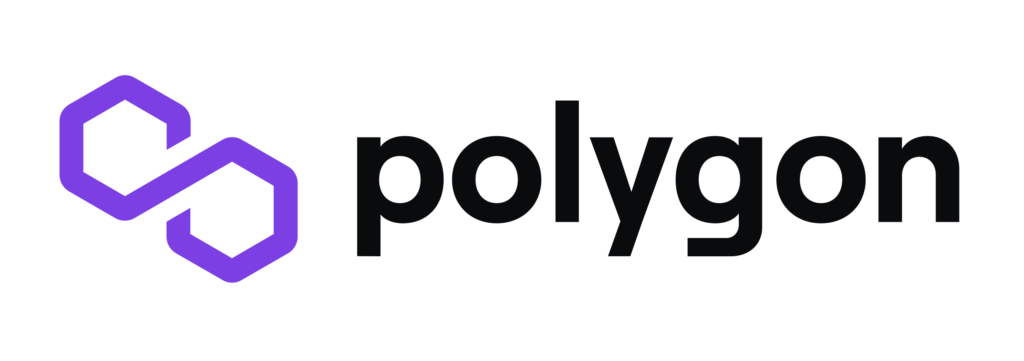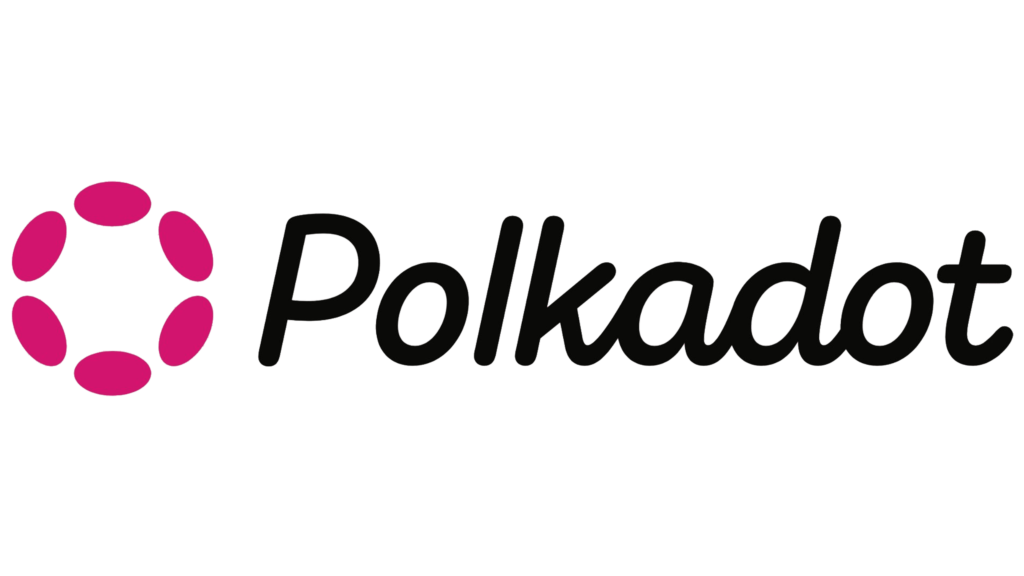Web3 tokens are a type of cryptocurrency that have gained popularity in recent years. Unlike traditional cryptocurrencies, they are designed to be used in decentralized applications (dApps) running on the blockchain network. But what are they and how do they work?
These tokens are built on blockchain technology, which is a Web3 database that collects all transactions on a network. Unlike traditional centralized systems, blockchain networks are distributed across a large chain, making them highly secure and resistant to tampering.
Tokens are created using smart contracts, which are self-executing programs that automate the transfer process between parties exchanging/purchasing them.
One of the main advantages of these tokens is that they enable a new type of ownership model, where users can actually own digital crypto assets. These assets can take on a variety of configurations, such as in-game items, digital artwork, or collectibles.
As Web3 tokens are built on a blockchain network, they are highly secure and cannot be duplicated or counterfeited. This shows that users really own and control their crypto assets, which can have significant value in the online and real world.
Another advantage is that they can be used to encourage users to join a network or dApp.
A dApp can issue tokens as a reward for completing certain tasks or contributing in some way to the network. Users can use these tokens to access additional features or services within the dApp, creating a self-sustaining ecosystem.
Customization of Web3 Tokens
Web3 tokens are still highly customizable, allowing developers to create tokens with unique properties and characteristics.
A developer can create a token that can only be used for a specific purpose or in a specific dApp. Tokens can also be programmed with various functions, such as the ability to vote on network management issues or stake other tokens to earn rewards.
Here are some of the common ways Web3 tokens can be customized:
Token Name and Symbol – Tokens can be given a unique name and symbol that represent the asset or utility they represent.
Total supply – The total number of tokens that will be issued can be predetermined and specified when creating the token.
Token distribution – The way tokens are distributed can be customized, such as through a public sale, airdrop or reward system.
Token Characteristics – Tokens can be customized to have different properties, such as being divisible or indivisible or having a fixed or variable supply.
Smart Contracts – Tokens can be created using smart contracts, which allow for more complex functionality such as programmable features or conditional logic.
Token Standards – There are different token standards such as ERC-20 or ERC-721 which determine how the token can be used and traded on the blockchain platform.
Token Ownership – Tokens can be designed to be owned by a specific individual or entity, or they can be designed to be transferable and tradable on a decentralized exchange.
This customization allows for greater flexibility and control over token properties, functionality, and distribution. This can help create a more diverse and innovative ecosystem of blockchain-based crypto assets and utilities.
Read more about Web3:
- Web3 games: what are they and what are their characteristics?
- The Internet is Evolving: What is Web3?
Best Web3 platforms for investment
Ethereum (ETH): is the second largest cryptocurrency by market capitalization and is the most used platform for building dapps and issuing Web3 tokens. It allows developers to create these dapps and issue their own digital tokens.

Web3 tokens can be created using Ethereum’s ERC-20 standard, which defines a common set of rules and functions that all tokens must follow. However, Ethereum together supports other token standards such as ERC-721 for non-fungible tokens (NFTs).
They can be bought, sold and traded on various cryptocurrency exchanges, and their value is determined by supply and demand. Ethereum itself is already traded on exchanges and has its own value, which varies depending on market conditions.
Constantly, Ethereum and Web3 tokens represent a major shift towards a decentralized, trustless and more equitable digital economy. They offer a range of exciting possibilities for creators, developers and investors and are helping to pave the way for a more open, transparent and decentralized future.
Binance Smart Chain (BSC): is a platform designed to be fast, efficient and compatible with Ethereum’s smart contract system, but with lower transaction fees and faster block times.

Like Ethereum, BSC also supports the creation and issuance of Web3 tokens, which can be used to represent a wide variety of crypto assets and digital services. These tokens can be created using BSC’s BEP-20 token standard, which is similar to Ethereum’s ERC-20 standard.
One of the main advantages of the BSC is its low transaction fees, normally much lower than those of the Ethereum network. This makes it a popular choice for developers and users who want to enjoy the benefits of decentralized finance (DeFi) and other Web3 applications.
Investing in the BSC can be done by purchasing Binance Coin (BNB) tokens through the Binance exchange.
Solana (SOL): is a high-performance, fast and low-cost blockchain platform that supports the development of dapps and Web3 tokens. Investing in Solana can be done by purchasing SOL tokens through a cryptocurrency exchange.

It is known for its speed and scalability and has quickly become one of the most popular platforms in the Web3 ecosystem.
Like other platforms, Solana supports the creation and issuance of tokens. that can be created using Solana’s SPL token standard, which is similar to Ethereum’s ERC-20 standard.
One of the main advantages of Solana is its ability to process a large number of transactions per second, which is crucial to support the growth and adoption of dapps. This is achieved through Solana’s unique consensus mechanism called Proof of History (PoH).
Its speed, scalability, and range of features make it well suited to support Web3 services, and it is likely to continue to play an indispensable role in the future of the ecosystem.
Polygon (MATIC): is a high-performance Layer 2 scaling solution for Ethereum that aims to improve the speed and efficiency of transactions by operating on top of this blockchain.

In the context of Web3, Polygon offers a number of advantages for developers and users alike. One of the main benefits is the fast processing. This can be particularly important for applications that require high throughput or real-time responsiveness.
Another advantage of Polygon is its low fees. Because it is designed to operate as a layer 2 solution, it is able to benefit from Ethereum’s security and decentralization, while offering lower transaction fees than the mainnet.
Investing in Polygon can be done by purchasing MATIC tokens through a cryptocurrency exchange.
Polkadot (DOT): is a blockchain platform designed to be scalable and interoperable across different blockchain networks to build and deploy dapps.

One advantage of Polkadot is its governance model, which is designed to be decentralized and community-oriented. Decisions on the future development and direction of the platform are made by a community of stakeholders rather than a central authority.
This can help ensure that the platform remains open and accessible to all and that it continues to evolve in ways that benefit the ecosystem.
Together, it includes a high degree of customization and flexibility, as well as a focus on performance and security. Developers can build on Polkadot using a variety of programming languages and frameworks, and the platform is designed to support a wide range of apps.
Investing in Polkadot can be done by purchasing DOT tokens through a cryptocurrency exchange.
The performance of Web3 Tokens depends on a number of factors, including the specific token being used, the network it is operating on, and the hardware and software environment it is being placed in.
As the Web3 ecosystem continues to develop and expand, it is likely that we will see continued advancements in the technology and infrastructure that underpin these tokens. This can lead to improvements in their performance and scalability, making them faster and more efficient to use.
However, it is also possible that challenges and limitations will arise as the Web3 ecosystem grows and evolves. For example, if more users start to adopt tokens and Web3 networks, there could be problems with network congestion and scalability.
That is why the adoption of certain platforms is necessary for success in this environment, and essential steps for investing in this ecosystem cannot be overlooked, such as:
- Research the platform and its potential for growth and adoption;
- Create an account with a reputable cryptocurrency exchange that offers the token you want to invest in;
- Buy tokens using fiat currency or other exchange-accepted cryptocurrency;
- Store your tokens in a secure wallet to protect against theft or loss.
It’s good to remember that investing in Web3 platforms is speculative and involves risk, so it’s important to do your own research and only invest what you can afford to lose.
In conclusion, it is certain that tokens are a powerful new tool that is revolutionizing the way we think about digital ownership and incentive.
They allow users to truly own their cryptocurrency and participate in decentralized networks in a meaningful way. While there is certainly a financial aspect to Web3 tokens, the real value lies in the new possibilities they open up for dapps and new blockchain networks.






